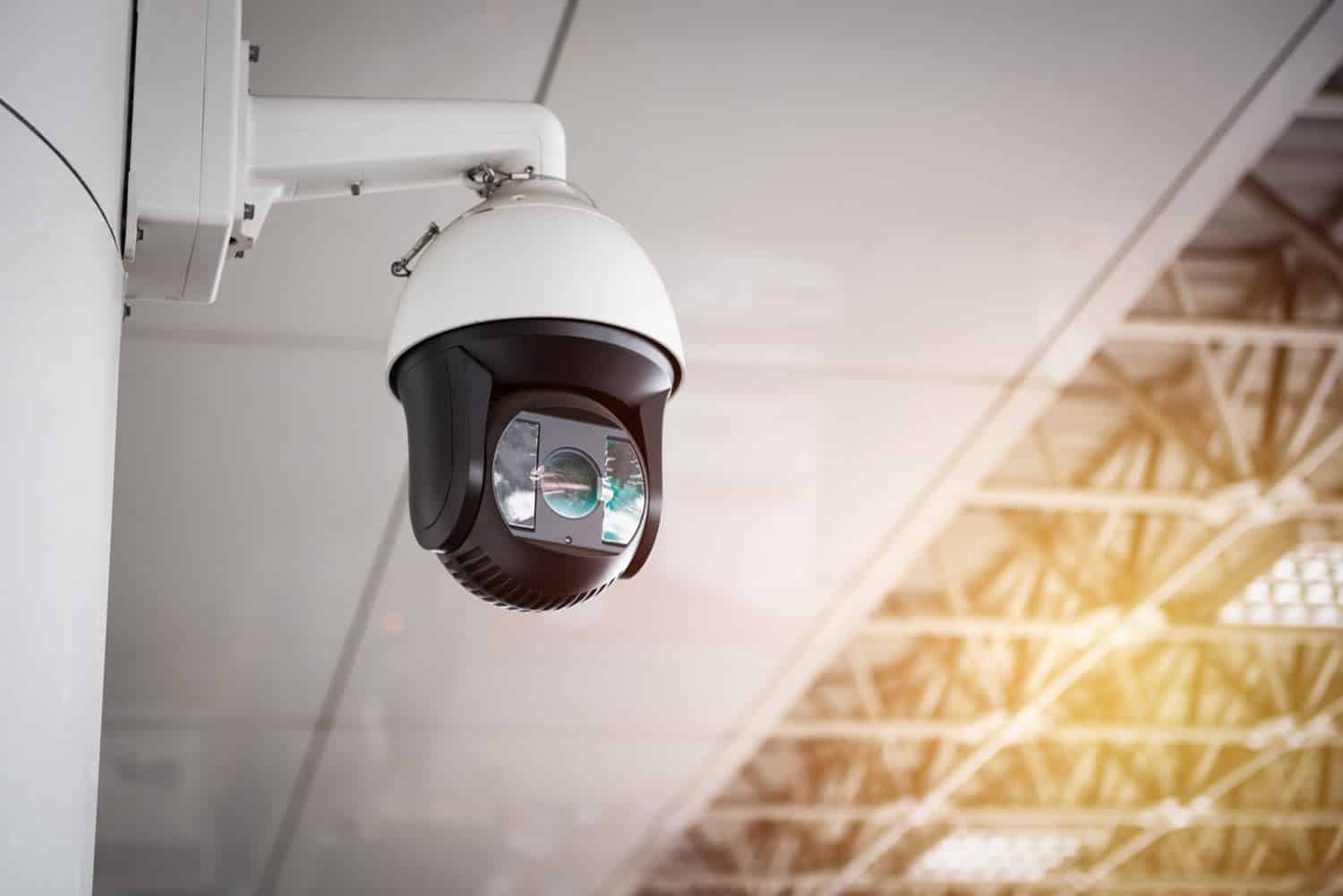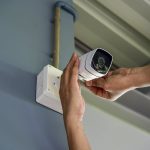I. Introduction
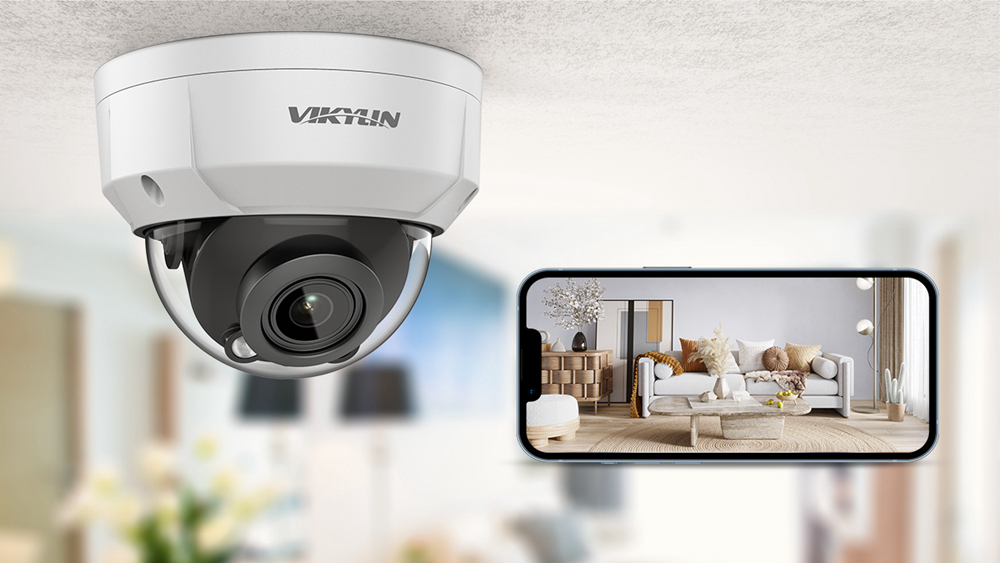
When it comes to security cameras, audio recording capabilities play a crucial role in enhancing overall surveillance effectiveness. In this article, we will explore the significance of audio recording in security cameras, discussing its benefits, applications, limitations, privacy concerns, and recommendations for responsible use.
II. Audio Recording Features of Security Cameras
A. Overview of audio recording capabilities Security cameras with audio recording capabilities enable capturing and storing audio along with video footage. This adds another layer of information, providing a more comprehensive understanding of events and enhancing situational awareness.
B. Types of security cameras that can record audio Various types of security cameras offer audio recording capabilities including dome cameras, bullet cameras, and PTZ cameras. Evaluating each camera type’s features and specifications can help determine the most suitable option for specific surveillance needs.
C. Legal considerations related to audio recording It is crucial to be aware of the legal considerations and regulations regarding audio recording. Different jurisdictions may have specific requirements, such as obtaining consent from individuals being recorded and adhering to privacy laws.
III. Benefits and Applications of Audio Recording
A. Enhancing surveillance footage Audio recording provides valuable information by capturing conversations, sounds, and ambient noise. This enhances the overall surveillance footage, providing context, and facilitating more accurate analysis and interpretation of events.
B. Gathering evidence in criminal investigations Audio recordings can serve as crucial evidence in criminal investigations. They can capture important details like conversations, threats, or identifying information, enhancing investigations and aiding in identifying suspects.
C. Monitoring and analyzing audio events in real-time Real-time audio monitoring allows operators to detect and respond to specific audio events, such as breaking glass or alarms. This proactive approach enables immediate action, improving security and safety measures.
IV. Limitations and Privacy Concerns
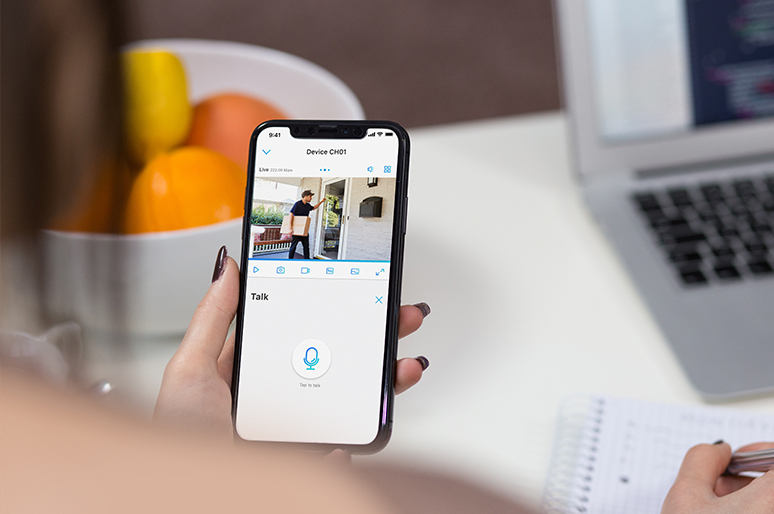
A. Limitations of audio recording quality Audio quality can be influenced by factors such as microphone quality, placement, and environmental conditions. Background noise, distance, and obstructions can impact the clarity and accuracy of the captured audio.
B. Privacy concerns and legal regulations Audio recording raises privacy concerns, as conversations or sensitive information may be inadvertently captured. It is essential to consider and address these concerns by complying with applicable laws, obtaining informed consent when necessary, and using audio recordings responsibly.
C. Recommendations for responsible use To ensure responsible use of audio recording in security cameras, it is advisable to establish clear policies and guidelines. This includes educating staff, restricting access to authorized personnel, and implementing security measures to protect audio recordings from unauthorized access or misuse.
With the proper understanding of the limitations, privacy concerns, and responsible use, audio recording in security cameras can be a valuable tool that enhances overall surveillance effectiveness.
V. Setting up Audio Recording
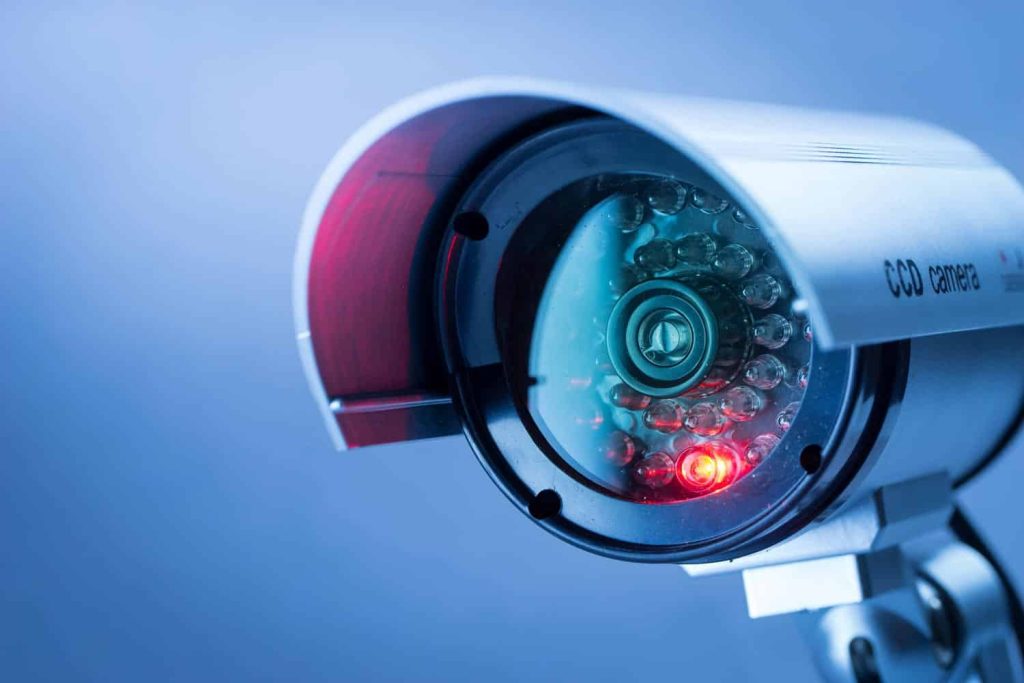
A. Choosing cameras with built-in audio recording
When setting up audio recording in security cameras, it is essential to select cameras that come with built-in audio recording capabilities. These cameras have integrated microphones that can capture the surrounding sounds and provide synchronized audio and video footage.
- Understanding the different types of security cameras that offer audio recording capabilities
- Dome cameras, bullet cameras, and PTZ cameras are commonly available options with built-in audio recording.
- Evaluate the features, resolution, and other specifications of each camera type to determine the best fit for your specific requirements.
- Considering factors such as camera placement, environment, and budget when selecting cameras
- Assess the installation environment to determine the appropriate camera type and audio recording features that meet your needs.
- Consider the budget limitations and weigh the benefits of investing in cameras that offer audio recording capabilities.
B. Microphone selection and placement
Selecting the right microphone and placing it strategically will have a significant impact on the audio recording quality. This ensures that all relevant audio events are captured clearly and accurately.
- Exploring different microphone options for audio recording
- There are various microphone options available, such as omnidirectional and directional microphones.
- Consider the audio capture range, sensitivity, and environmental conditions when choosing the appropriate microphone.
- Proper placement techniques to optimize audio quality and coverage
- Place the microphone in a central location that can capture sound from all relevant areas.
- Consider factors such as distance, background noise, and potential obstructions when determining the microphone placement.
C. Configuring audio recording settings
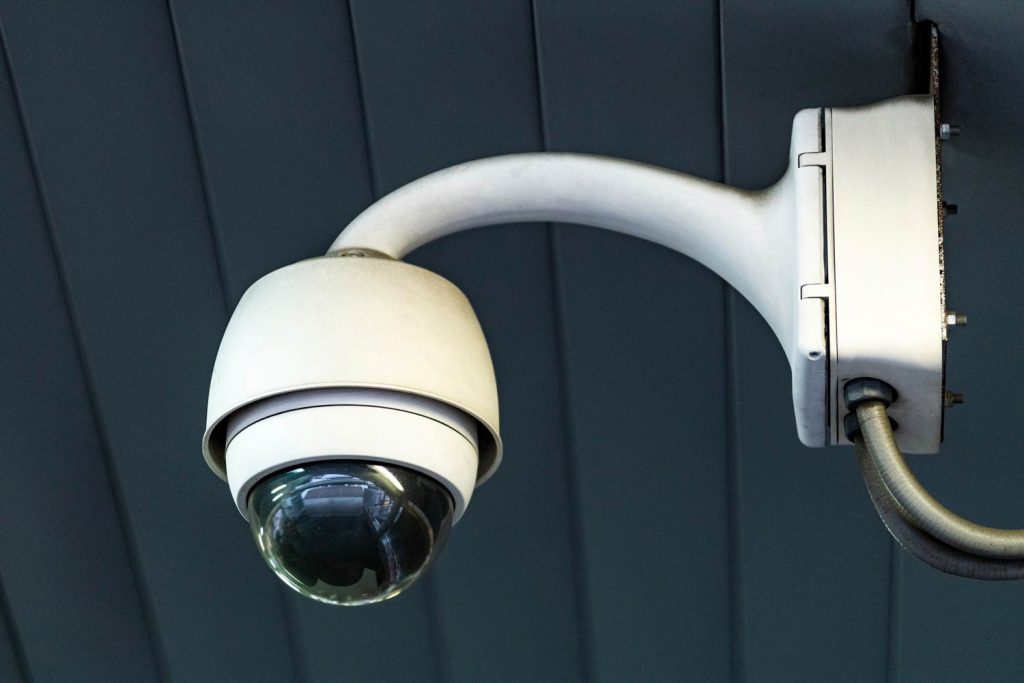
After the cameras and microphones are selected and installed, it is crucial to configure the audio recording settings on the cameras to ensure optimal audio quality and performance.
- Accessing the camera’s settings to enable and customize audio recording
- Navigate through the camera’s interface or software to access the audio settings.
- Enable the audio recording functionality and adjust settings such as volume levels, audio compression, and sensitivity.
- Adjusting sensitivity, volume levels, and other audio parameters for optimal performance
- Fine-tune the audio recording settings based on the environment and specific requirements.
- Test and monitor the audio quality during the adjustment process to ensure optimal performance.
VI. Reviewing and Managing Audio Recordings
A. Storage considerations for audio recordings To efficiently manage and review audio recordings, it is essential to consider storage requirements and choose appropriate storage solutions.
- Understanding the storage requirements and limitations for audio recordings
- Assess the expected volume of audio recordings to estimate the required storage capacity.
- Consider factors such as audio recording quality, compression methods, and retention policies to determine the storage needs.
- Exploring different storage options, including cloud-based solutions and local storage devices
- Choose between cloud-based storage solutions or physical storage devices such as Network Attached Storage (NAS) or Digital Video Recorders (DVRs).
- Evaluate the advantages and limitations of each storage option based on factors like accessibility, scalability, and data security.
B. Accessing and managing audio recordings Efficiently accessing and managing audio recordings is crucial for effective surveillance and investigation purposes.
- Learning how to access and review audio recordings on the security camera’s interface or associated software
- Familiarize yourself with the camera’s user interface or software to access the recorded audio files.
- Understand the playback options and features available to navigate through audio recordings.
- Organizing and managing audio recordings efficiently for easy retrieval and playback
- Implement a systematic organization system for audio recordings, such as creating folders or tags for specific dates, times, or incidents.
- Regularly review and organize audio recordings to maintain a well-structured system for easy retrieval.
C. Integration with video management systems Integrating audio recordings with video management systems can enhance surveillance and investigation capabilities.
- Exploring the benefits of integrating audio recordings with video management systems
- The integration enables synchronized playback of audio and video, providing a comprehensive understanding of events.
- Audio content analysis tools can be applied to detect specific sounds or trigger alerts based on audio events.
- Understanding how to synchronize audio and video footage for comprehensive surveillance analysis
- Ensure that the audio and video channels are properly synchronized during playback.
- Familiarize yourself with the synchronization methods and tools provided by the video management system.
Conclusion
In conclusion, setting up audio recording in security cameras enhances surveillance capabilities and provides valuable information for investigations. By choosing cameras with built-in audio recording capabilities, selecting the right microphones and placements, and configuring audio recording settings, you can ensure optimal audio quality and coverage. Reviewing and managing audio recordings requires considering storage requirements, accessing and organizing recordings efficiently, and integrating with video management systems. Following best practices, such as obtaining consent where required, protecting sensitive audio data, and performing regular maintenance and testing, will ensure the responsible and effective use of audio recording in security surveillance.
